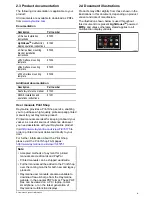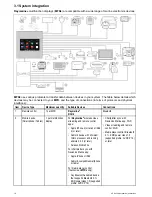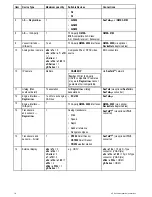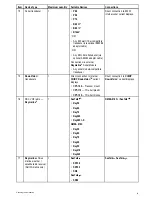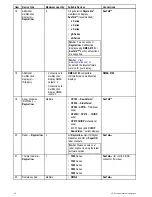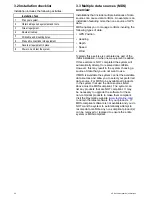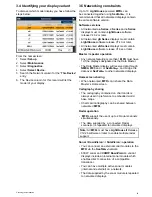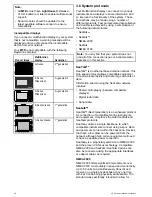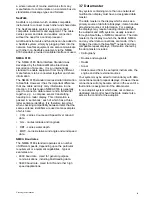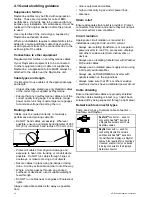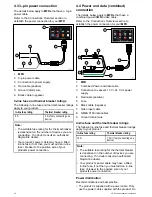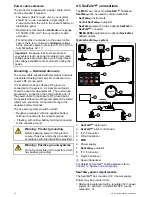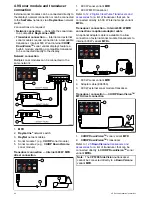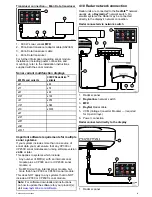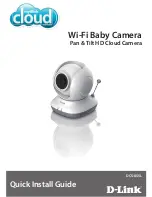
3.10 Tools required for installation
D12171-2
1
4
5
3
8
7
6
2
1.
Power drill.
2.
Jigsaw.
3.
Pozidrive screwdriver.
4.
Adhesive tape.
5.
Spanner for surface mounting or bracket
mounting fixings.
6.
File.
7.
Hole saw for flush mounting (For hole saw size
refer to your product’s mounting template).
8.
Drill bit for surface mounting or bracket mounting.
3.11 Selecting a location
Warning: Potential ignition source
This product is NOT approved for use in
hazardous/flammable atmospheres. Do
NOT install in a hazardous/flammable
atmosphere (such as in an engine room
or near fuel tanks).
General location requirements
When selecting a location for your product it is
important to consider a number of factors.
Key factors which can affect product performance
are:
•
Ventilation
To ensure adequate airflow:
– Ensure that product is mounted in a
compartment of suitable size.
– Ensure that ventilation holes are not obstructed.
Allow adequate separation of all equipment.
Any specific requirements for each system
component are provided later in this chapter.
•
Mounting surface
Ensure product is adequately supported on a
secure surface. Do not mount units or cut holes
in places which may damage the structure of the
vessel.
•
Cabling
Ensure the product is mounted in a location which
allows proper routing, support and connection of
cables:
– Minimum bend radius of 100 mm (3.94 in)
unless otherwise stated.
– Use cable clips to prevent stress on connectors.
– If your installation requires multiple ferrites to
be added to a cable then additional cable clips
should be used to ensure the extra weight of
the cable is supported.
•
Water ingress
The product is suitable for mounting both above
and below decks. Although the unit is waterproof,
it is good practice to locate it in a protected area
away from prolonged and direct exposure to rain
and salt spray.
•
Electrical interference
Select a location that is far enough away from
devices that may cause interference, such as
motors, generators and radio transmitters /
receivers.
•
Power supply
Select a location that is as close as possible to the
vessel’s DC power source. This will help to keep
cable runs to a minimum.
Planning the installation
27
Summary of Contents for eS Series
Page 2: ......
Page 4: ......
Page 30: ...30 eS Series installation instructions...
Page 56: ...56 eS Series installation instructions...
Page 92: ...92 eS Series installation instructions...
Page 114: ...114 eS Series installation instructions...
Page 124: ...124 eS Series installation instructions...
Page 128: ...128 eS Series installation instructions...
Page 138: ...138 eS Series installation instructions...
Page 146: ...146 eS Series installation instructions...
Page 147: ......
Page 148: ...www raymarine com...

